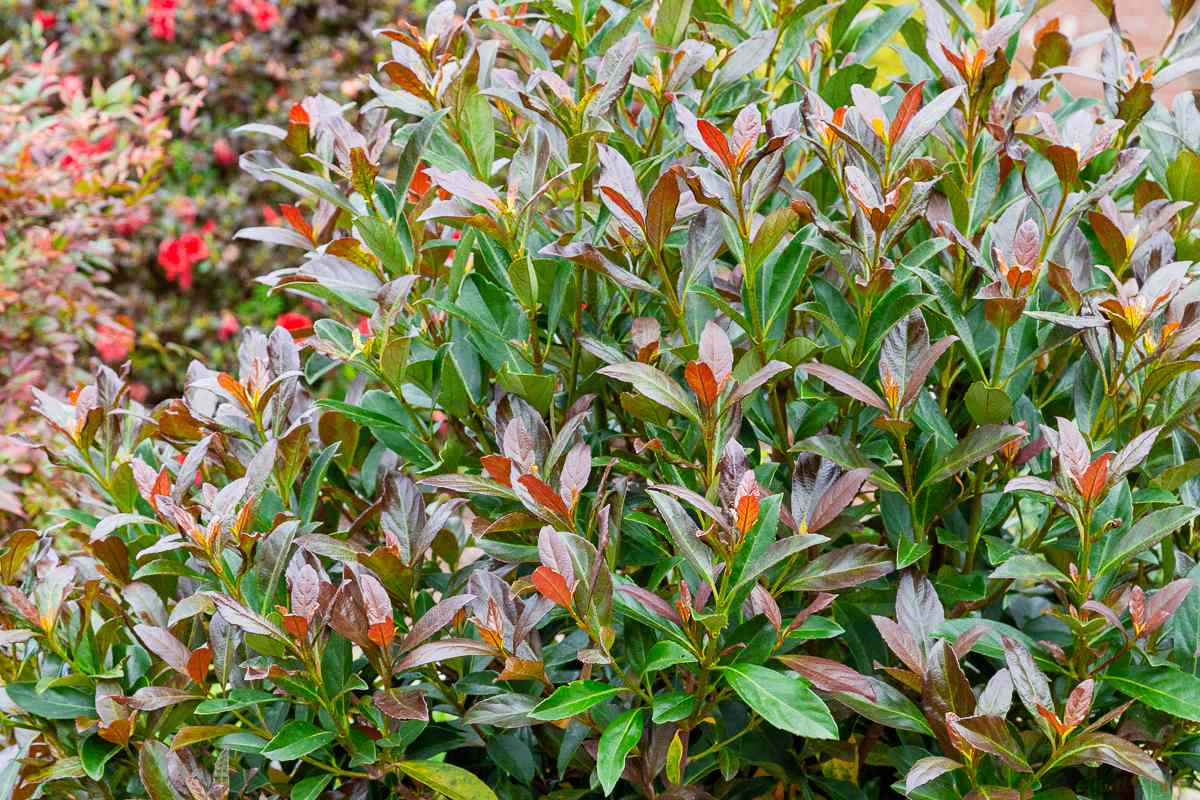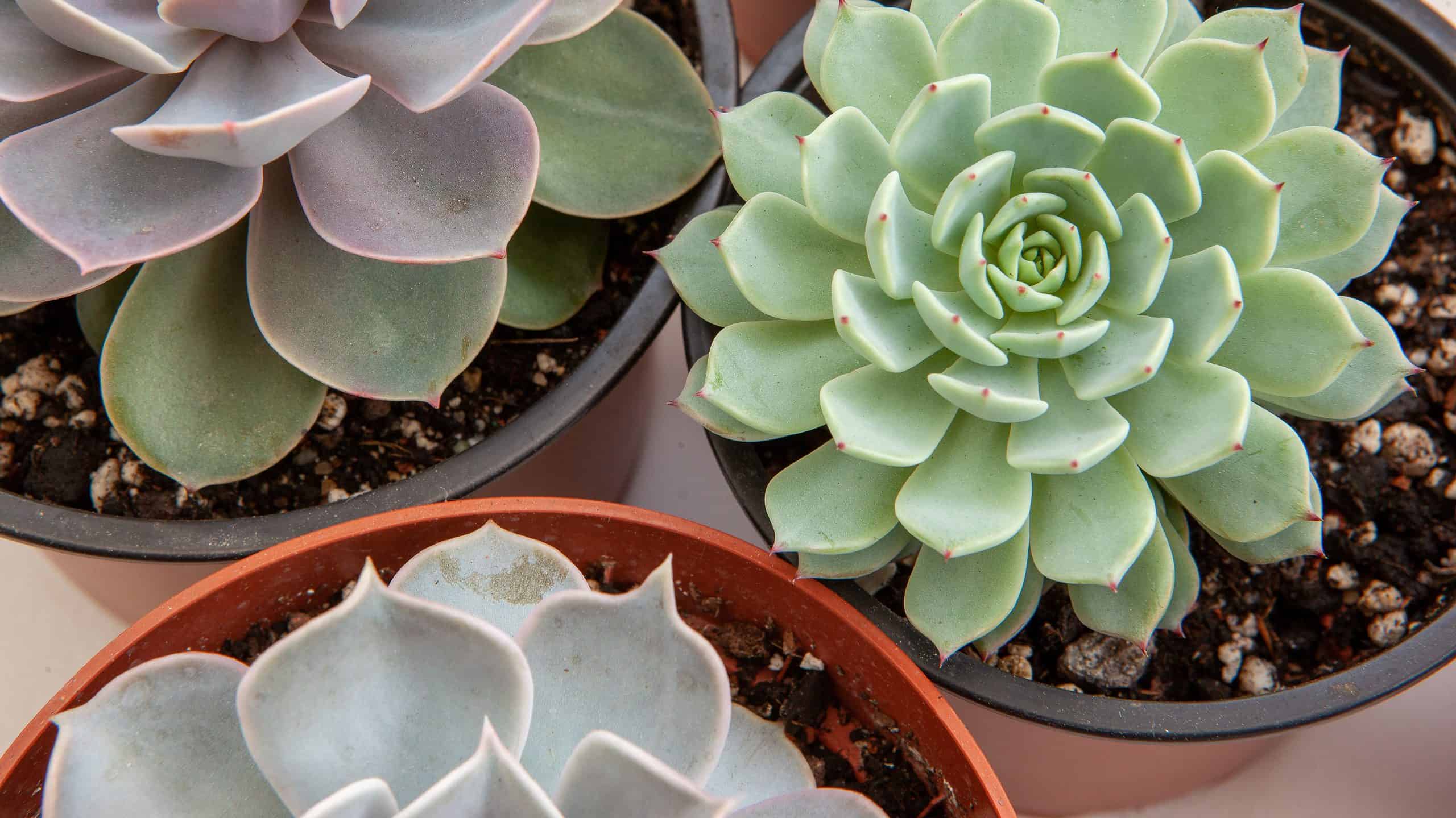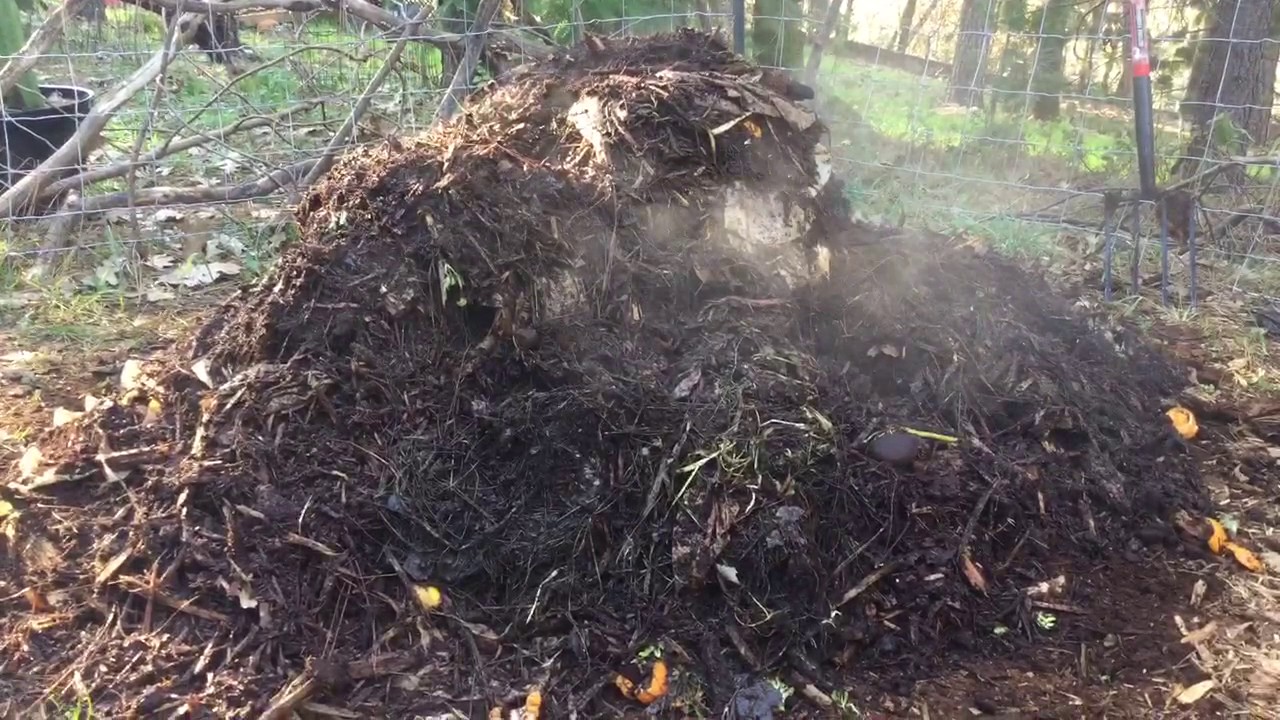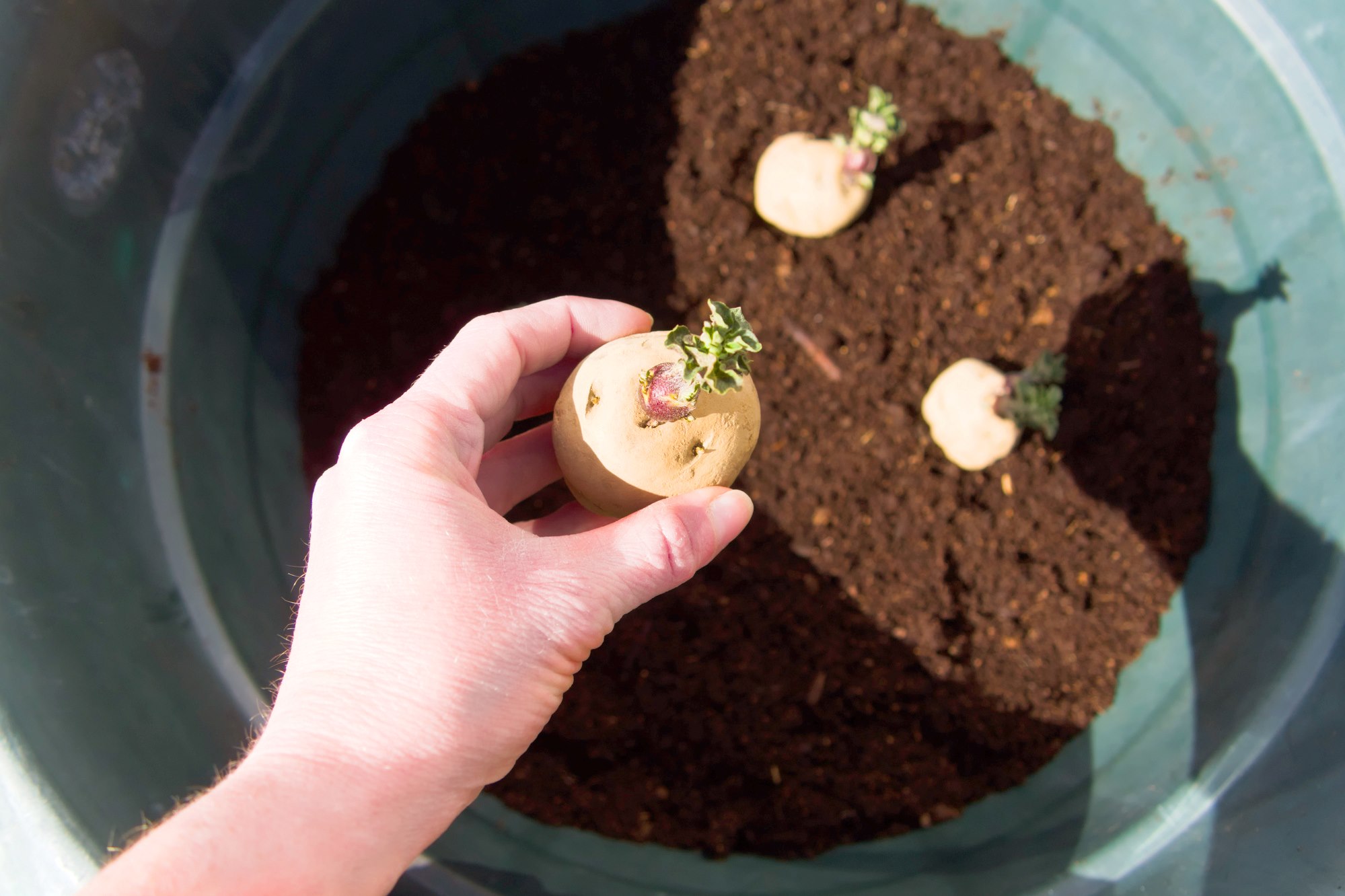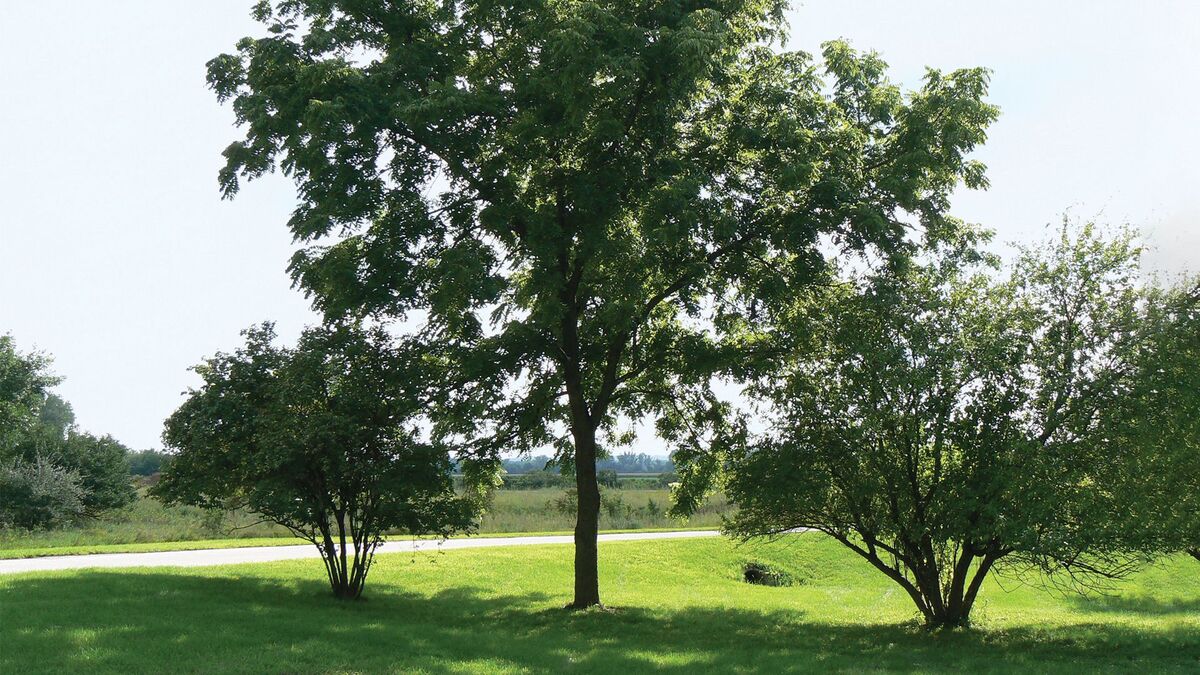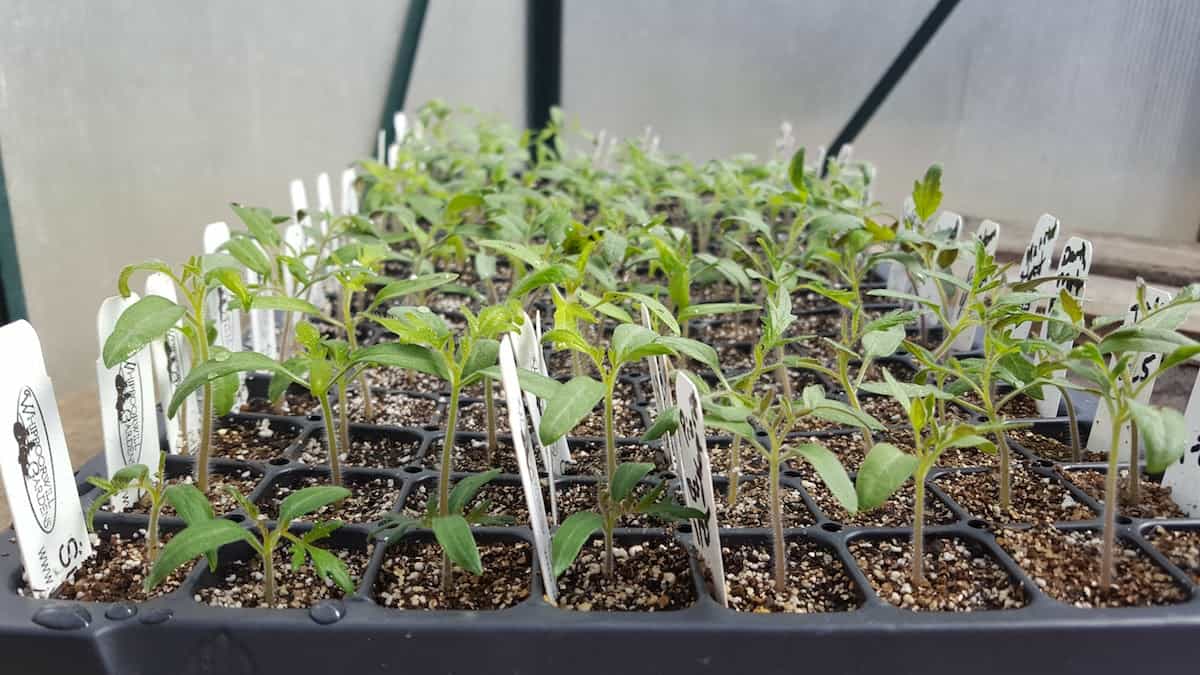Home>Gardening Techniques>DIY Projects>How To Pull Up Weeds Fast


DIY Projects
How To Pull Up Weeds Fast
Modified: January 22, 2024
Learn how to quickly pull up weeds with these DIY projects. Get rid of weeds fast with these effective tips and techniques. Start your garden transformation today!
(Many of the links in this article redirect to a specific reviewed product. Your purchase of these products through affiliate links helps to generate commission for Chicagolandgardening.com, at no extra cost. Learn more)
Table of Contents
Introduction
Gardening is a fulfilling and therapeutic activity, but the sight of pesky weeds infiltrating your carefully tended garden can be disheartening. Weeds not only compete with desirable plants for water, nutrients, and sunlight but also detract from the overall aesthetic of your garden. However, with the right tools, techniques, and know-how, you can effectively and efficiently rid your garden of these unwelcome intruders.
In this comprehensive guide, we will delve into the art of fast weed pulling, providing you with valuable insights and practical tips to reclaim your garden from the clutches of invasive weeds. From understanding the different types of weeds to mastering the most effective pulling techniques, this article will equip you with the knowledge to tackle weed infestations head-on.
So, roll up your sleeves, grab your gardening gloves, and let's dive into the world of weed pulling. It's time to restore the beauty and vitality of your garden with these proven strategies for swift and effective weed removal.
Understanding the Different Types of Weeds
Before embarking on a mission to pull up weeds quickly, it’s essential to familiarize yourself with the various types of weeds that may be lurking in your garden. Weeds can be broadly categorized as either broadleaf weeds or grassy weeds, each presenting its own set of challenges and requiring specific eradication methods.
Broadleaf Weeds:
These weeds are characterized by their broad, flat leaves and can quickly overtake garden beds if left unchecked. Common examples of broadleaf weeds include dandelions, clover, and chickweed. Identifying these weeds is crucial, as they often have deep taproots, making them resilient and challenging to remove entirely.
Grassy Weeds:
Grassy weeds, as the name suggests, resemble grass and are adept at spreading through rhizomes or seeds. Examples of grassy weeds include crabgrass, quackgrass, and annual bluegrass. These weeds can quickly invade lawns and garden spaces, competing with desirable plants and compromising the overall health of your garden.
By understanding the characteristics and growth habits of different weed types, you can tailor your weed-pulling approach to effectively target and eliminate them. Armed with this knowledge, you’ll be better equipped to tackle the specific challenges posed by various weed species, setting the stage for successful and efficient weed removal.
Tools and Equipment Needed for Fast Weed Pulling
Equipping yourself with the right tools is essential for expediting the weed-pulling process and achieving optimal results. Here are the key tools and equipment you’ll need to efficiently tackle weed infestations:
- Garden Trowel: A sturdy garden trowel is indispensable for digging out deep-rooted weeds, particularly broadleaf varieties. Look for a trowel with a sharp, narrow blade to facilitate precise and thorough weed removal.
- Weeder or Weed Puller: A specialized weeder, such as a dandelion weeder or stand-up weed puller, can be a game-changer for extracting weeds with taproots. These tools provide leverage and precision, enabling you to remove weeds without excessive bending or straining.
- Garden Fork: For larger or more deeply rooted weeds, a garden fork can be highly effective. Its sturdy tines and leverage make it easier to loosen compacted soil and extract tenacious weeds.
- Hand Hoe: A hand hoe, also known as a swan-neck hoe, is invaluable for slicing through shallow-rooted weeds and disrupting weed seedlings. Its compact size and sharp blade make it ideal for precision weeding in tight spaces.
- Gardening Gloves: Durable gardening gloves protect your hands from thorns, prickles, and rough surfaces while providing a secure grip on weeds as you pull them from the soil.
- Kneeling Pad: To ensure comfort during extended periods of weeding, a cushioned kneeling pad can alleviate strain on your knees and lower back, allowing you to focus on the task at hand without discomfort.
- Bucket or Garden Trug: Having a container on hand to collect pulled weeds is essential for keeping your work area tidy and organized. A bucket or garden trug allows for easy disposal of weeds and minimizes the need for multiple trips to the compost pile or waste bin.
By assembling a comprehensive arsenal of high-quality tools, you’ll be well-prepared to tackle weeds of all types and sizes, streamlining the weed-pulling process and achieving a meticulously groomed garden space.
Techniques for Pulling Up Weeds Quickly
When it comes to swiftly removing weeds from your garden, employing the right techniques can make all the difference. By implementing these proven strategies, you can expedite the weed-pulling process while minimizing the likelihood of regrowth.
- Target the Roots: To prevent weeds from regenerating, it’s crucial to extract them from the root. When using hand tools, ensure that you dig deep to encompass the entire root system, minimizing the chances of regrowth and the need for subsequent weeding.
- Weed After Rain or Watering: Weeding is notably easier after a period of rain or thorough watering, as the moistened soil facilitates easier weed extraction. The softened ground allows for smoother penetration of tools and minimizes soil disruption, making the weed-pulling process more efficient.
- Utilize a Twisting Motion: When pulling weeds by hand, employ a twisting motion as you extract them from the soil. This technique helps dislodge the roots and reduces the likelihood of breakage, ensuring a more complete removal.
- Regular Maintenance: Consistent and proactive weeding is key to preventing weed overgrowth. Regularly inspect your garden for emerging weeds, addressing them promptly before they have a chance to proliferate and become more challenging to remove.
- Dispose of Weeds Properly: After pulling up weeds, ensure proper disposal to prevent reseeding and regrowth. Place pulled weeds in a designated compost pile or dispose of them in a manner that prevents seed dispersion and reinfestation.
- Consider Mulching: Applying a layer of organic mulch to garden beds can help suppress weed growth by smothering weed seedlings and preventing sunlight penetration. Mulching also helps retain soil moisture and promotes a tidy, well-kept garden appearance.
By incorporating these efficient weed-pulling techniques into your gardening routine, you can maintain a weed-free environment and preserve the health and beauty of your garden with minimal effort.
Preventing Weeds from Growing Back
While pulling up weeds is a crucial step in maintaining a pristine garden, preventing their regrowth is equally important. By implementing proactive measures to inhibit weed proliferation, you can minimize the need for frequent and intensive weed-pulling sessions. Here are effective strategies for preventing weeds from reclaiming your garden:
- Mulching: Apply a layer of organic mulch, such as wood chips, straw, or shredded bark, to garden beds and around plants. Mulch acts as a natural weed barrier, suppressing weed germination and growth while enhancing soil moisture retention and temperature regulation.
- Regular Cultivation: Aerating the soil and cultivating garden beds regularly disrupts weed seedlings and prevents them from establishing a strong foothold. Use a hand hoe or cultivator to gently loosen the soil surface, disturbing emerging weeds and hindering their growth.
- Opt for Dense Plantings: Planting densely and strategically selecting ground covers and perennials can create a natural canopy that shades the soil, stifling weed growth and reducing available space for weeds to take root.
- Weed Barrier Fabric: Consider using permeable weed barrier fabric in garden beds and pathways to inhibit weed penetration. This durable fabric suppresses weed growth while allowing air and water to permeate the soil, maintaining optimal growing conditions for desirable plants.
- Regular Inspections: Routinely inspect your garden for signs of weed emergence, addressing them promptly to prevent widespread infestations. Early intervention can significantly reduce the time and effort required for weed control.
- Utilize Organic Herbicides: Organic herbicidal sprays, derived from natural ingredients, can be employed to target persistent weeds without harming surrounding vegetation. These eco-friendly solutions offer an additional line of defense against tenacious weeds.
By integrating these preventive measures into your gardening regimen, you can fortify your garden against weed encroachment and minimize the need for extensive weed-pulling endeavors, allowing you to devote more time to enjoying and nurturing your thriving garden space.
Conclusion
Congratulations! You’ve now gained valuable insights into the art of fast and effective weed pulling, equipping yourself with the knowledge and techniques to maintain a flourishing, weed-free garden. By understanding the different types of weeds and the tools required for efficient weed removal, you’ve laid a solid foundation for reclaiming your garden space from invasive intruders.
Implementing the right techniques, such as targeting the roots, weeding after rain or watering, and disposing of pulled weeds properly, will streamline the weed-pulling process and minimize the likelihood of regrowth. Furthermore, integrating preventive measures, including mulching, regular cultivation, and employing organic herbicides, will fortify your garden against future weed incursions, reducing the need for extensive weed control efforts.
With these strategies at your disposal, you can approach weed pulling with confidence and efficiency, ensuring that your garden remains a vibrant and harmonious sanctuary for your beloved plants. By staying proactive and dedicated to maintaining a weed-free environment, you’ll reap the rewards of a beautifully manicured garden that serves as a testament to your passion for gardening and your commitment to nurturing a thriving outdoor space.
Now, armed with this newfound knowledge, it’s time to put your expertise into practice and transform your garden into a pristine oasis, free from the clutches of invasive weeds. Embrace the joy of tending to your garden and revel in the beauty of a weed-free landscape that reflects your dedication and horticultural prowess.
